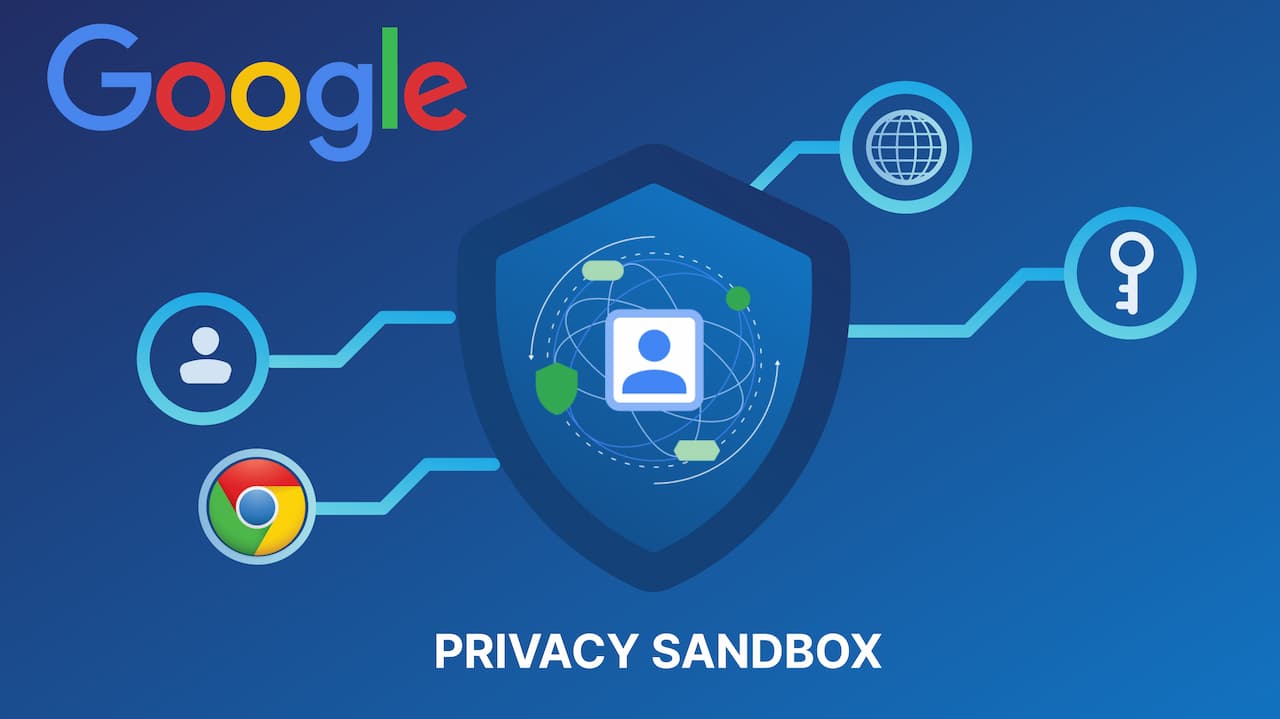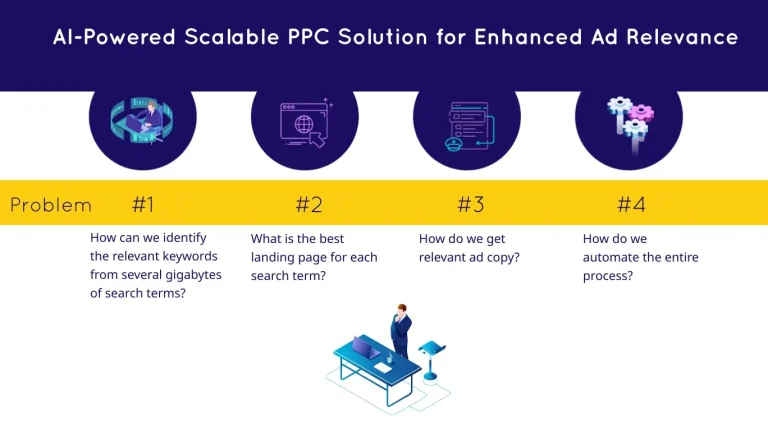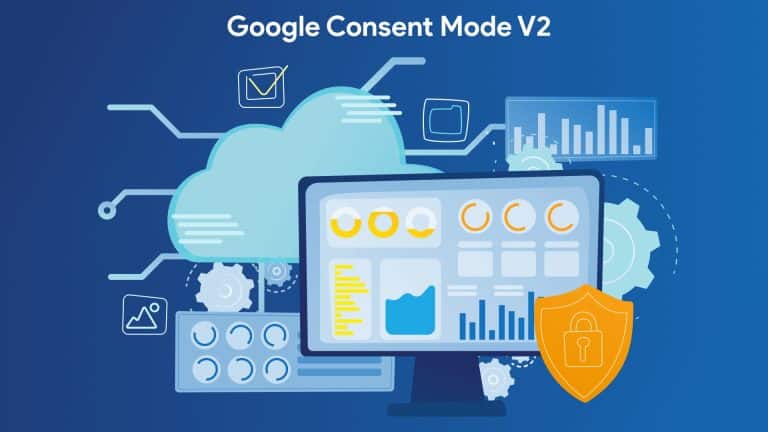The Google Privacy Sandbox encourages more private browsing because of the growing concern about online tracking. For this reason, Google has already started to phase out third-party cookies to enhance user privacy.
Update: Google had intended to end third-party cookies by early 2025. But, recently, VP Anthony Chavez posted on the Privacy Sandbox Blog that they won’t remove cookies. Instead, they’ll focus on giving users more control over their browsing data.

What is the Google Privacy Sandbox?
Privacy Sandbox is a big change from using third-party cookies to a future where user privacy and personalized ads work together harmlessly. For several years, there has been a big rise in user concern regarding the use of cookies. Because it wasn’t clear who collects these cookies, how they are stored, or what they are used for. In the end, users started to voice their want for more control over their data.
Therefore, Google wants to solve this issue with the Privacy Sandbox. It’s an initiative to create a more sustainable advertising ecosystem that respects user preferences and privacy. With new features like the Topics API, Google aims to deliver relevant ads to users without invasive tracking practices.
- Privacy Sandbox aims to respect user privacy. Google is creating a safer browsing experience by moving away from third-party cookies.
- Still, businesses can reach their target audiences without infringing on privacy. They just need to adopt privacy-first technologies and methods.
The Privacy Sandbox finds a balance between privacy and personalized ads. Users now enjoy a more private browsing experience, while advertisers can still reach their audience effectively.
Key technologies
- Through the Topics API, advertisers show relevant content and ads by sharing interest-based categories or “topics” based on the user’s recent browsing history on the device.
- Fenced Frames allow the secure embedding of content onto a page without sharing cross-site data.
- The Protected Audience API allows for personalized targeting advertising, including retargeting, by securely grouping users based on an advertiser’s data, keeping privacy in mind.
- Attribution Reporting lets businesses see if their ads are working without hurting users’ privacy.
- The Shared Storage API helps web browsers save information safely. Through this feature, websites can’t track you.
The impact on users, advertisers, and publishers
Through users’ feedback, these technologies meet high privacy standards and community needs. Many resources are readily available to facilitate the transition. Besides, you can follow the Privacy Sandbox timeline for the current status and proposal schedules.
- For users, it’s a win for privacy. Browsing becomes safer with ads that respect privacy concerns and match interests.
- Advertisers can still reach their audience effectively, but now they need to use privacy-first methods.
- New standards for publishers may take some time to get used to, but the new system opens up new possibilities.
Preparing for a post-cookie world
On January 4th, 2024, Google Chrome stopped allowing third-party cookies for 1% of its users, and it’ll be extended to all users by the end of the year. That is, advertisers and publishers must apply new strategies that respect their users’ privacy.
For this reason, first-party data becomes gold, which enables direct customer relationships. And many new tools and technologies are being developed. Solutions, like the Privacy Sandbox’s Topics API, offer new ways to reach relevant audiences. Plus, analytics tools are also adapting to this new shift. They provide insights based on aggregated data and privacy standards.
Click to learn more about third-party cookie restrictions and their impact.
Conclusion
This is a huge step to create a privacy-first surfing experience. They might focus on wide adaptation solutions for the internet’s future.
FAQ
What is the Privacy Sandbox in Google?
It’s Google’s initiative to replace third-party cookies with privacy-first ad technologies.
Is Privacy Sandbox good or bad?
The Privacy Sandbox represents a positive shift towards a more privacy-focused web.
Does Google Chrome have a sandbox?
Yes, Chrome has a security sandbox option. The only mainstream browser supporting Topics API is Google Chrome.
How to check Privacy Sandbox in Chrome
It’s only active for Android and desktop Chrome users in the United States, Australia, Brazil, Canada, India, Indonesia, Japan, Mexico, New Zealand, and the Philippines. However, it’s not on iOS devices yet. First, try this website to check or follow these steps: Open Chrome and go to Settings > Privacy and security > Privacy Sandbox.
How do I turn off Google Privacy Sandbox on Chrome?
Open Chrome and go to Settings > Privacy and security > Privacy Sandbox. And click on turn it off. Besides, Chrome users can prevent FLoC tracking by using the DuckDuckGo browser extension.





